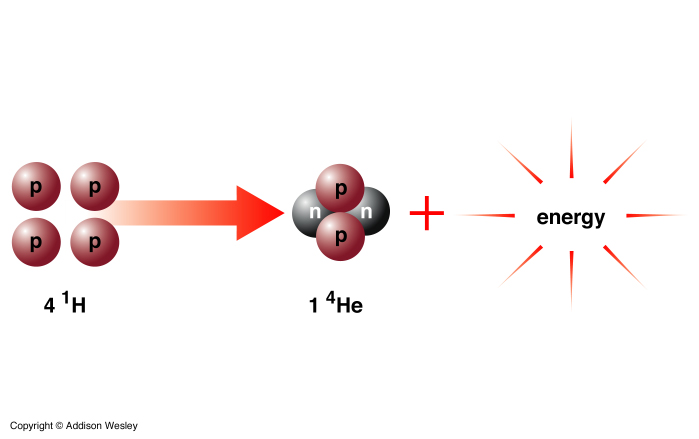Summary of Neogene Period: The Neogene period was the age of mammals. It is in tertiary period of Cenozoic era.This period is consisted of 2 Epoch: Pliocene (5-1.8 mya);
Miocene (24-5 mya). Miocene is about mammals, bears, horses, monkeys and birds.
The Paleogene Period-extra credit
 |
Anadara Vanderhoofi |
Summary of Paleogene period: Paleogene was period of made up life in the Earth. The Paleogene consist of 3 epochs: Oligocene, Eocene and Paleocene. New living thing appeared on this period such as first large mammals, deer, pigs, cats, rhinos, tapirs and new form of whales.
Reflection
What did you enjoy most about this project?
I enjoyed the most about this project when I was working with partner and the events that happened in the past were interesting. My partner promotes me to finish it on time. Also the project has different things like video by Animoto and glog by Glogster. We able to divide the work and did it in collaboration.
What was most challenging about this project? Why?
Most challenging about this project was in the periods and references. Because the periods are related to each other and ages of those periods are old. It was complex to find right information. In addition I never did bibliography before. The web site that I took information and put link and typed the name was extra work and I got confused.
What you change about this project and why?
I would like to leave as I have now and don’t change anything about this project. Because before do this project I discussed with partner the ideas we have. Furthermore my partner was creative that she helped me to figure out the glog by giving new look. I think we did awesome also we are done with extra work.
What are 3 things that you learned from this project?
Something that I learnt from this project is the history of planet Earth. From this history I learnt about Neogene and Paleocene periods. The Neogene was the age of mammals, the Paleogene was the period of made up life in the Earth. In the Paleogene period the continents began to forming and new animals appeared on the Earth. In the Neogene period cause of hot climate that made dry forests and deserts in Australia continent. This project is helpful to understand better about Geologic Time Scale.











